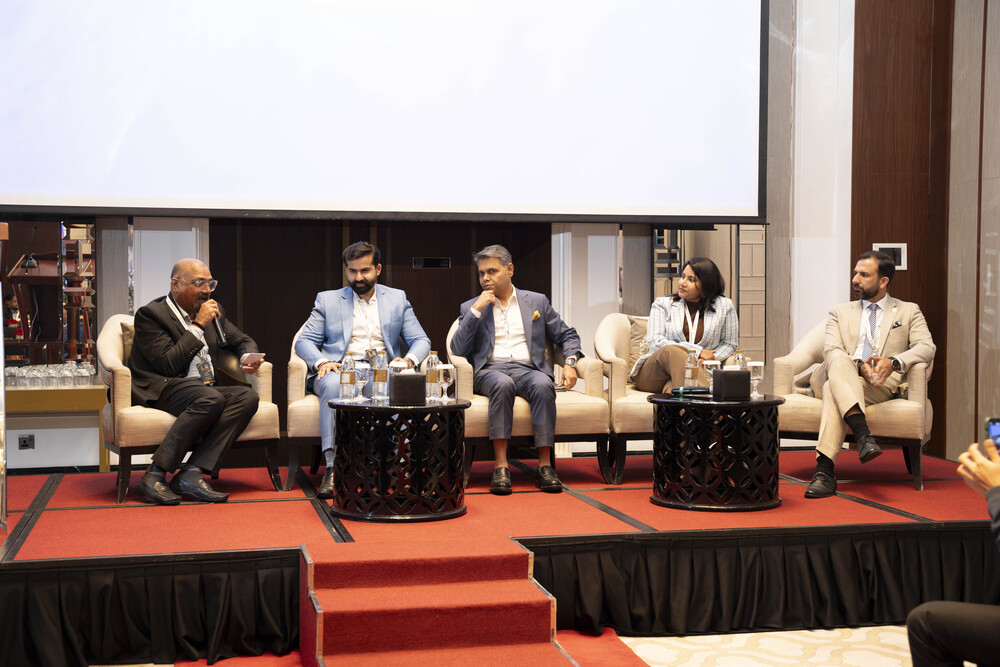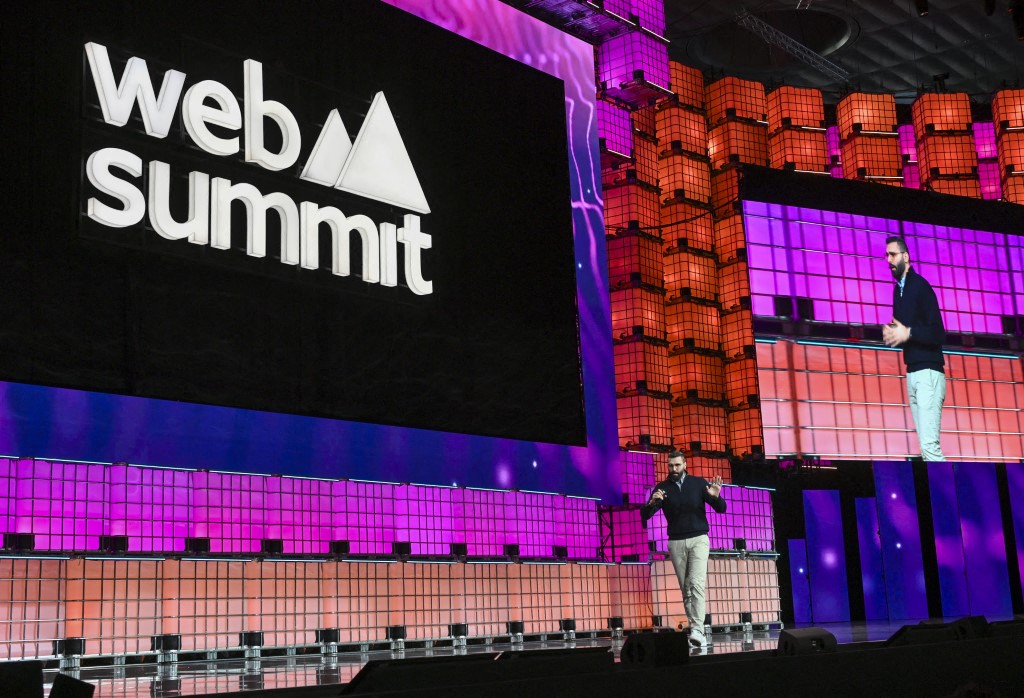After reading about US network Showtime amplifying fan engagement around its flagship series Homeland by introducing Showtime Sync, a viewing experience app for the iPad, iPhone and LG Smart TVs, I took a deeper look at the ‘second screen’ marketing trend. The app allows users to share Homeland clips directly to social media platforms during new episodes, facilitating social conversation as the action happens on television. Viewers can also access exclusive commentary from those who worked on producing important scenes as well as analysis from a real former CIA field operations officer among other interactive content, including episode predictions, polls and trivia questions. What ever happened to just focusing upon what’s happening in the show?
According to Nielsen, more than 80 percent of smartphone and tablet owners use their devices while watching television. Other than enrichment tactics, some might argue that the real life ‘spooks’ are marketers’ frantic messages delivered to users as they browse the app or other social media channels while watching much-awaited events unfold on the screen.
The show’s volatile and committed star, Carrie Mathison, would be hard pushed to prepare a dossier on all the conspiring going on with digital marketing agents, dreaming up inventive ways to infiltrate users’ ‘second screen’ as they browse Twitter and Facebook during their favorite programmes.
This surreptitious attack on our tablets, smartphones and tablets happens during any televised event when marketers know that a huge number of users rooted to their sofas would be flitting between the television screen and their other devices.
And while a series such as Homeland pulls in millions of viewers syndicated across the globe, it is estimated some major sporting events, such as the World Cup final in Rio, can hit the billion-viewer mark, pushing the stakes even higher.
Therefore I asked Andy Meikle, co-founder and CEO of Sportlobster, the sports social network, which has almost two million users of its own, how he approaches marketing during large sporting events.“Fans are more involved and eager to share their opinion when there’s a major sports event going on. They’ll be with their friends or on their phone or laptop, discussing the action online. People are more aware of relevant marketing during these events and therefore we actively target fan,” says Meikle.
“With Sportlobster, we’re trying to move fans away from other social networks but we continue to adopt these networks in order to achieve our aim. With Twitter, we can interact through conversation, our adverts and keywords and hashtags. With Facebook, we can change our adverts in accordance with the event and demographic. There are many sports fans on both of these networks and you can easily see a spike in engagement when football or rugby or any other sport is live. Therefore, we want to have a presence on these networks and show fans the offerings of Sportlobster – lobs, news, blogs, predictions, fixtures and results, live match data and photos and videos,” he adds.
Sportslobster aims to offer a complete experience for any type of sports fan by providing fans with the opportunity to play with 500 characters so they can discuss their favorite sports in further detail.
“We’ve had some excellent results, especially during the 2014 FIFA World Cup, which I’d say was the first true ‘second-screen’ World Cup. These results were effective in terms of people downloading or logging onto Sportlobster and engaging within the network. This has been typical for a lot of major sports events, including Wimbledon and the Ryder Cup,” says Meikle.
Miekle admits that the second screen phenomenon is the new trend as an increasing number of fans use their mobile devices while watching televised games. “Marketing is less sporadic – adverts aren’t just being pushed out in hope of attracting the attention of an audience. The focus is on what people are getting involved in during a match, where they are watching it, what they are doing and how they are interacting with it. Second-screen marketing is only going to get more popular,” he explains.
So whether you are watching your favorite series, or enjoying a fantastic sports finale, there’s no doubt you will continue to be drawn to increasing amounts of cleverly synchronized second screen marketing as you check your Facebook timeline, Twitter feed, or indeed, view comments on your results predictions on Sportlobster.
Ian Hainey is the managing director of IHC, an integrated communications agency with operations in Dubai and London.





